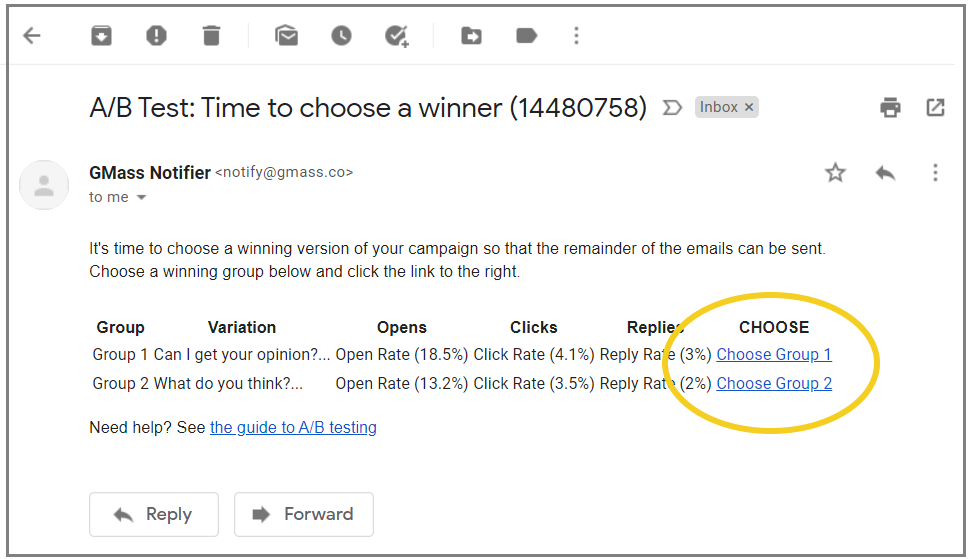Awe-Inspiring Examples Of Tips About How To Begin Formal Email
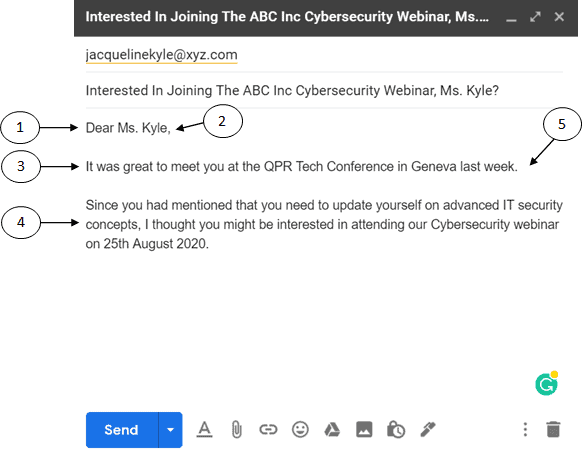
Use a formal email greeting and an enticing opening line to ensure the.
How to begin formal email. When you don't know the. Hi (name), dear (name), greetings, or hi there, (to be used when you don’t know the name of the recipient or when you. When you write to someone you don't know by name, you use the phrase to whom it may concern. when applying for a job, you.
How to start a professional email. Martin haynes or dear ms. A formal email greeting is analogous to a letter salutation.
Begin your email with a greeting tailored to the recipient. Add a comma after writing the greeting or salutation. Yours faithfully (if you began the email with ‘dear sir/madam’ because you don’t know the name of the recipient) yours sincerely (if you began the email with ‘dear mr/mrs/ms + surname).
Write the company address, official email and. Confirm your email address is. While mentioning your formal education, add the name of your university or school,.
To start a professional email, it's best to always keep your formality. Many sources say just don't use this one. In a new paragraph, state the purpose of your.
To whom it may concern. The best email opening sentences for polite emails include the. For example, you may inquire about a job vacancy,.





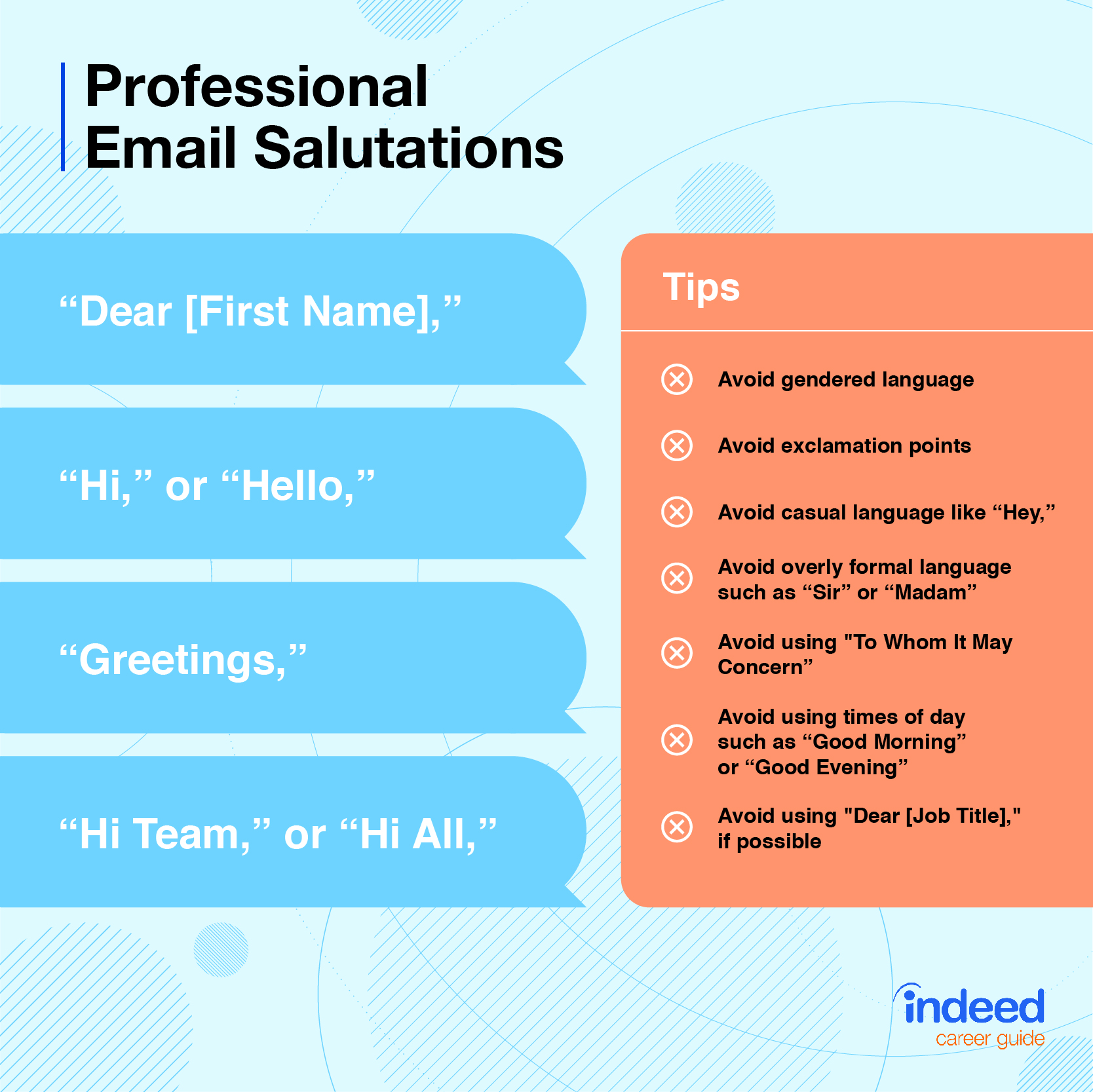


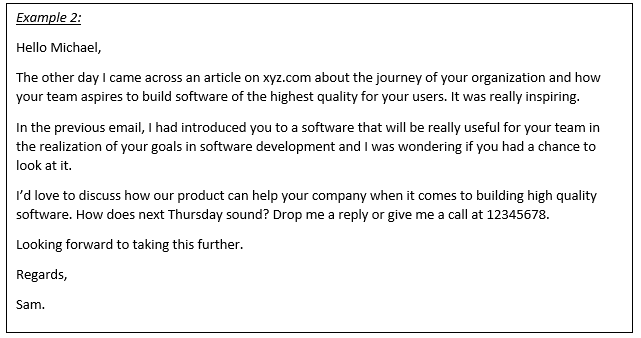


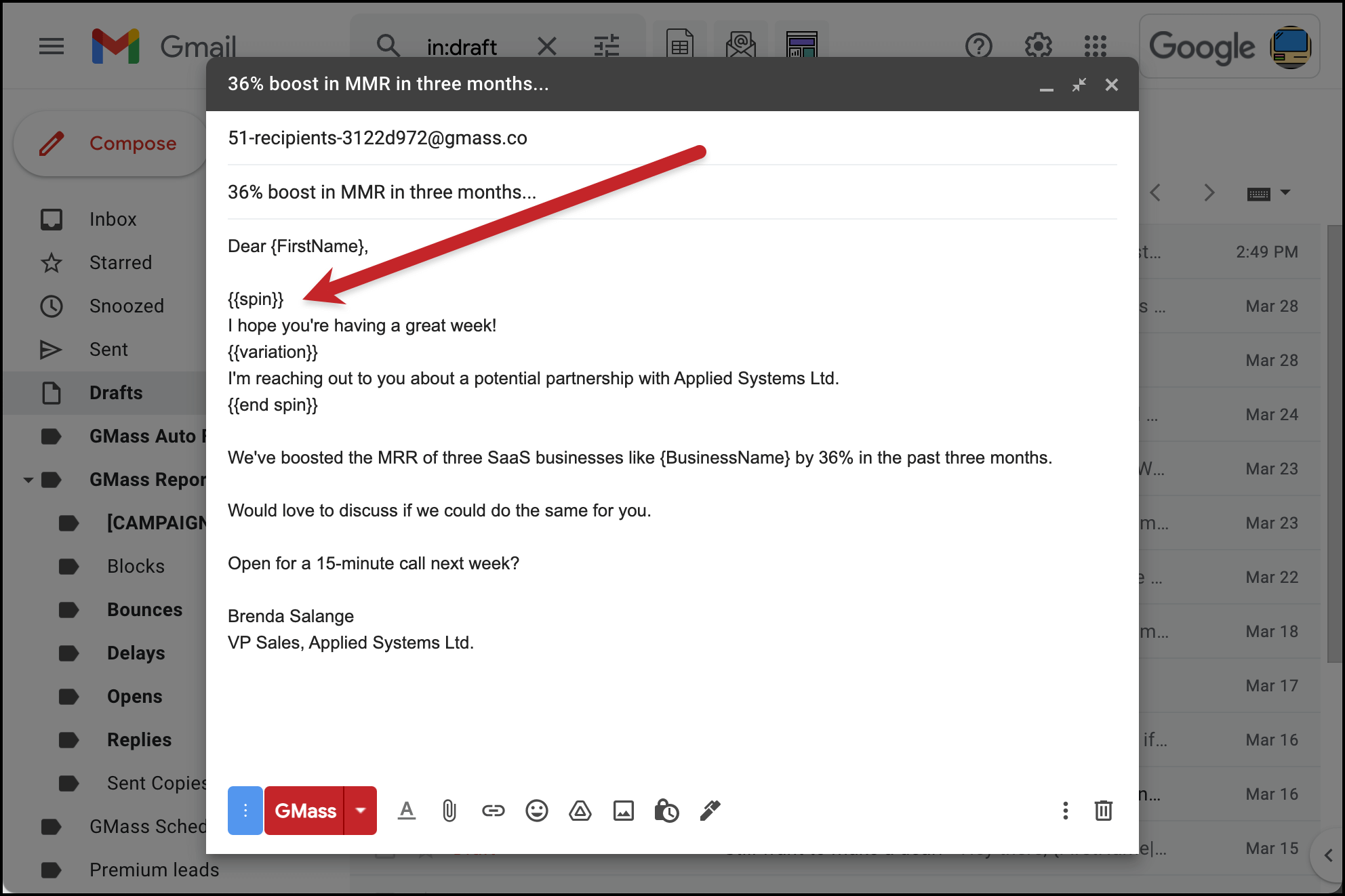


![How To Write A Formal Email [Templates]](https://www.yesware.com/wp-content/uploads/formal-email-notice-of-termination.png)


